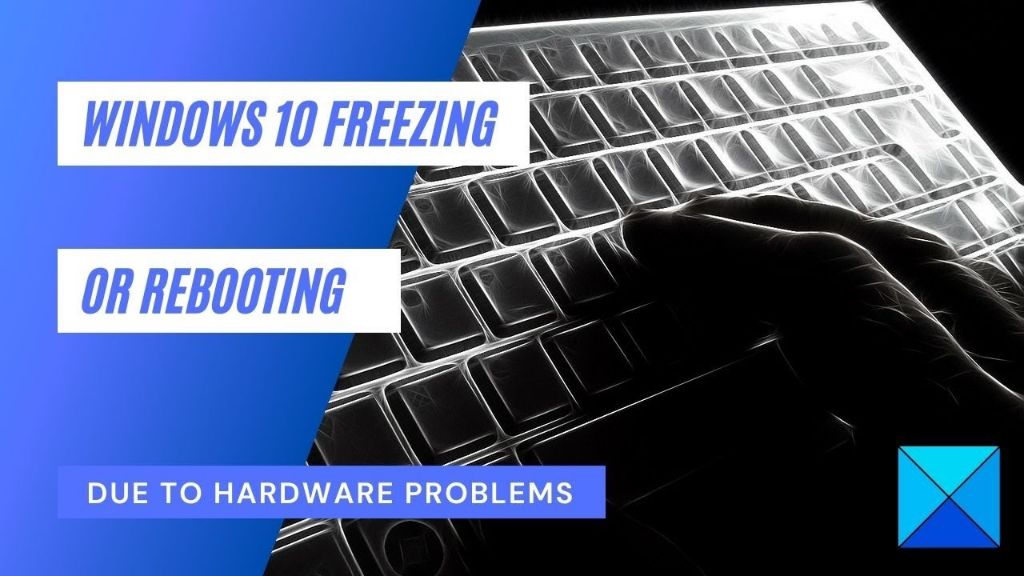An overheated computer system can definitely cause a variety of intermittent problems, system reboots, or even complete failure to boot. Overheating is one of the most common causes of erratic computer behavior and crashes. There are several key reasons why overheating leads to these types of issues.
How Overheating Causes Intermittent Problems
When computer components like the CPU and GPU overheat, they can start to malfunction and behave unpredictably. Excessive heat causes transistors and silicon chips to operate outside of their designed parameters. This can lead to incomplete instructions, corrupted data, and general instability.
Many overheating problems start off as just intermittent glitches or temporary freezes and crashes. As the computer gets hotter over time, the issues tend to become more frequent and severe. Symptoms include:
- Random crashes or freezes
- Display artifacts and graphical glitches
- Audio popping or distortion
- Difficulty loading apps and games
- General sluggish performance
- Unexpected rebooting
These types of intermittent faults indicate that the computer is having trouble operating stably at higher temperatures. Heat impacts essentially every component, from CPU to RAM to storage drives. Continued overheating will likely cause more permanent damage over time.
How Overheating Can Lead to System Reboots
When a computer grows too hot, one of the most common responses is to abruptly reboot or shut down. This is often a protective mechanism to avoid catastrophic system failure.
Most computers have built-in thermal sensors that monitor temperatures inside the case. The CPU and GPU also have independent temperature monitoring. When certain high temperature thresholds are exceeded, the BIOS (basic input/output system) will initiate an emergency shutdown and hard reboot.
Exactly how hot the computer gets before an automatic emergency reboot occurs depends on the safe operating temperatures of the components and the shutdown temperature settings in the BIOS. But in general, sustained temperatures over 90-100°C will likely cause repeated system reboots.
Some of the main factors leading to overheating-related reboots include:
- Failing or inadequate CPU/GPU cooler
- Accumulated dust and debris blocking airflow
- Improper thermal paste application
- Broken system fans
- Faulty sensors providing bad temp data
- Excessively high ambient room temperatures
If the computer is frequently rebooting itself without warning, overheating is often the root cause. The reboots are the system’s last resort to protect the components from heat damage.
How Overheating Can Prevent Booting
In severe overheating scenarios, the computer may reach a state where it is too hot to even POST (power on self test) or get into the BIOS. This often manifests as a computer that powers on but displays no video signal.
There are a few reasons why an overheated PC might fail to boot properly:
- CPU or GPU over temperature protection – Modern processors have built-in mechanisms that prevent booting if they exceed safe temperatures at start up. They will not send a video signal until safely cooled down.
- Thermal shutdown mode – If the computer was previously shut down due to overheating, it may enter a protective thermal shutdown mode that prevents powering on until temperatures lower.
- Physical damage – Sustained overheating can physically damage processors, memory modules, motherboards and other components over time, leading to boot failures.
If boot troubleshooting steps like reseating RAM and clearing CMOS fail to resolve the no-POST situation, thermal issues are likely the culprit. Boot failures due to overheating indicate the computer reached alarming temperatures at some point.
How to Diagnose and Fix Overheating Issues
When faced with symptoms of an overheating computer, the first step is to closely monitor component temperatures using system utilities.
Use programs like Core Temp and Open Hardware Monitor to check current temps for components like the CPU, GPU, hard drives, and motherboard. Compare these temperatures against the component’s max safe operating temps.
If any are nearing or exceeding the safe limits, overheating is confirmed. Next, investigate what is causing the excessive heat buildup by checking:
- CPU and GPU fans/heatsinks for blockages and failures
- Chassis and power supply fans for failures
- Vents and filters for dust buildup
- Thermal paste condition and application
- Ambient air temperature around the computer
Based on what is found, take steps like:
- Replacing any faulty fans and heatsinks
- Cleaning dust buildup from intake and exhaust vents
- Reapplying high quality thermal paste
- Improving airflow and cooling in the room
- Downclocking/undervolting the CPU and GPU
Additionally, use tools like SpeedFan to adjust the computer’s fan speeds and cooling profiles. Ramp up aggressive fan speeds at lower temperatures.
For more serious overheating issues, upgrading to higher CFM fans, adding more fans, or installing liquid cooling may be necessary.
Proactively monitoring temperatures, minimizing dust, replacing aging coolers, and improving general airflow are key to preventing overheating and instability.
Conclusion
In summary, overheating can absolutely cause intermittent faults, unexpected reboots, and complete failure to boot. Prolonged overheating stresses all of a computer’s components and makes them prone to erratic behavior and crashes. Thermal shutdown mechanisms designed to protect hardware will automatically reboot or power off the overheated system.
Check current component temperatures under load, identify any areas of excessive heat or cooling failures, and take steps to improve thermal conditions inside the case. Keeping all components adequately cooled based on their max operating temperatures will help avoid stability issues and potential damage due to overheating.

